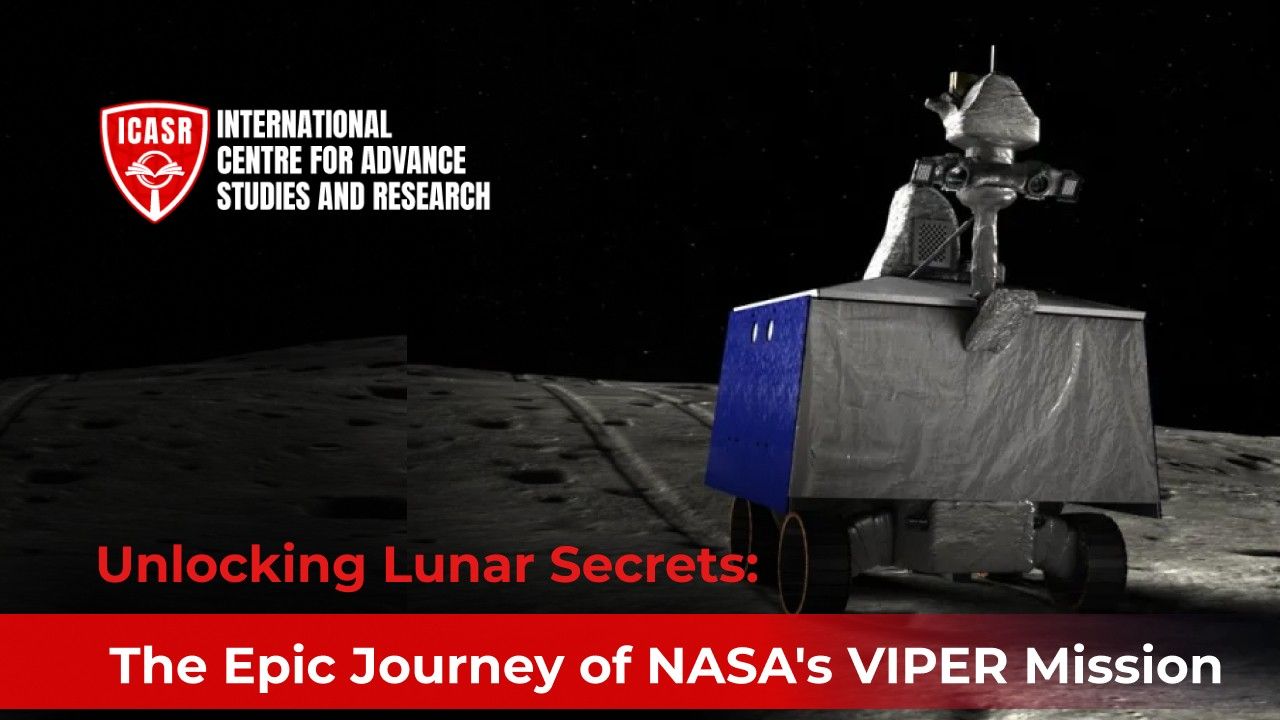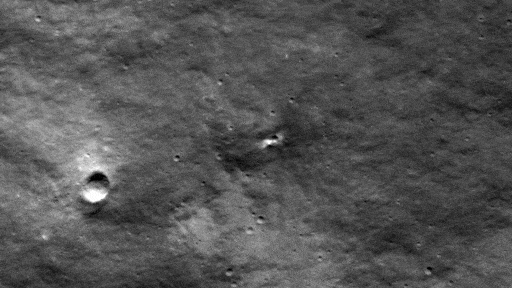 Unlocking Lunar Secrets: The Epic Journey of NASA's VIPER Mission
Unlocking Lunar Secrets: The Epic Journey of NASA's VIPER Mission
Forever, the Moon has proved to be captivating to the human imagination. Anciently, man used to banter over its myths as it would later be proved true scientifically, as revealed by some astronauts on the Earth. Now we are standing at an epoch-making juncture in this sphere endeavour and the Moon emerges on the stage again. NASA'a VIPER (Volatiles Investigating Polar Exploration Rover) mission leading among them hopes to unravel the enigma therein: a possible roadmap to achieving permanent habitation of mankind on the Moon.
The Quest for Lunar Water Ice:
In the middle of VIPER's goals stands the identification of water ice. The craters that are permanently shadowed at the poles of the Moon are said to be the location for this most valuable resource. Its existence can change the entire scenario of astronautics, supplying them with drinking water, oxygen and hydrogen for their rockets in days to come. At the centre of the VIPER mission is water ice searching. It is believed that this most important material is hidden in the shadowy cater on both sides of the moon's poles. If existing, it will signal a new era in Astro navigation giving astronauts more drinking water, oxygen and fuel to operate their rockets while going to the Moon in subsequent years.
What are the potential benefits of discovering water ice on the Moon?
A lot is at stake concerning having discovered water ice on the Moon. This means that instead of taking huge quantities of water from Earth, there is no need since you get it there on-site which will save money and make things easier too when it comes to going to the Moon. Moreover, the idea of creating resources where they are needed (ISRU) will consequently change strategies concerning the human occupation of the Moon over a long time.
VIPER: A Technological Marvel
For VIPER to manoeuvre through treacherous lunar terrain and carry out its scientific research, it has been fitted with cutting-edge technologies.
What technologies are integrated into the VIPER rover for lunar exploration?
- Advanced Mobility System: VIPER has advanced wheels and suspension systems that can traverse rugged lunar environments, including steep slopes and areas with rocks.
- Sophisticated Scientific Instruments: VIPER will analyse the lunar surface through a neutron spectrometer, mass spectrometer and other instrumentation to detect and map water ice as well as other volatiles.
- Autonomous Navigation: The rover will navigate on its own due to advanced computer vision and artificial intelligence that enables it to avoid obstacles while making real-time decisions.
- Power system: To survive in the harsh conditions of the Moon, VIPER relies upon a reliable power system that includes solar panels as well as possibly a nuclear power source.
The uncanny wisdom of man king and our unending destination of the mind valley in the Advanced technology used in the VIPER rover.
Paving the Way for Future Lunar Missions:
The research done by VIPER will play a crucial data for future lunar mission explorations. This mission is expected to provide vital information about water ice distribution and concentration for the upcoming lunar missions and would assist scientists and engineers come up with effective ways of extracting and utilizing it.
How will VIPER's findings impact future lunar missions?
- Resource Mapping: VIPER will create detailed maps of water ice deposits so that upcoming manned mission may target their specific sites for extraction purposes.
- Infrastructure Development: Knowledge gleaned from VIPER will help incentivize the design and construction of lunar habitats as well as infrastructure on-site using available materials.
- Commercial Opportunities: The presence of valuable resources like water ice may lead to new commercial ventures such as extraction services for the early colony and building industries.
Ultimately, the successful implementation of VIPER will get us closer to enduring human habitation. Worldwide joint effort, technology enhancement, and complex lunar domain comprehension are some requirements for this long-term goal.
VIPER Mission Timeline and Challenges:
The VIPER mission will be launched in late 2024. And talking about the rover, then it will spend approximately 100 Earth days exploring and collecting data after landing on the Moon's south pole. The mission has several challenges such as:
- Extreme Lunar Environment: The Moon's harsh environment, with extreme temperature fluctuations, radiation, and lack of atmosphere, poses significant challenges to the rover's survival and operation.
- Communication Challenges: Maintaining communication with the rover while it is exploring the shadowed regions of the Moon will be a complex task due to the limited line of sight.
- Autonomous Operations: The rover will need to operate largely autonomously, making decisions in real time without constant human intervention.
- Power Management: Efficient power management will be crucial for the rover to operate through the long lunar nights.
- Terrain Navigation: The rugged and uneven terrain of the Moon's south pole, including carters and lunar nights.
- Instrument Calibration: Ensuring the accuracy and reliability of scientific instruments in the harsh lunar environment is a critical challenge.
- Data Transmission: Efficiently transmitting large amounts of scientific data back to Earth will be essential for mission success.
Key Facts of the VIPER Moon Mission:
- Mission: Volatiles Investigating Polar Exploration Rover (VIPER)
- Goal: To explore and map water ice and resources on the Moon's surface.
- Launch: Schedule for the late 2024.
- Landing Site: Nobil Region of the Moon's South Pole.
- Duration: Approximately 100 Earth days.
- Size: Similar to a golf cart.
- Power: Solar-charged battery.
Key Facts of the VIPER Misson:
The VIPER (Volatiles Investigation Polar Exploration Rover) mission is a significant milestone for humans in their space exploration of the Moon. And by exploring these unexplored regions, we are letting out some hidden truths which can change knowledge regarding the nearest star neighbour, opening up new horizons for posterity.
In this grand journey, we start on, let's always remember that searching for new horizons beyond earth involves not only scientific understanding but also encouraging later generations. The all-new research vehicle, Volatile Investigation Polar Exploration Rover (VIPER), stands for human inquisitiveness, creativity and power of exploring the unknown universe.

